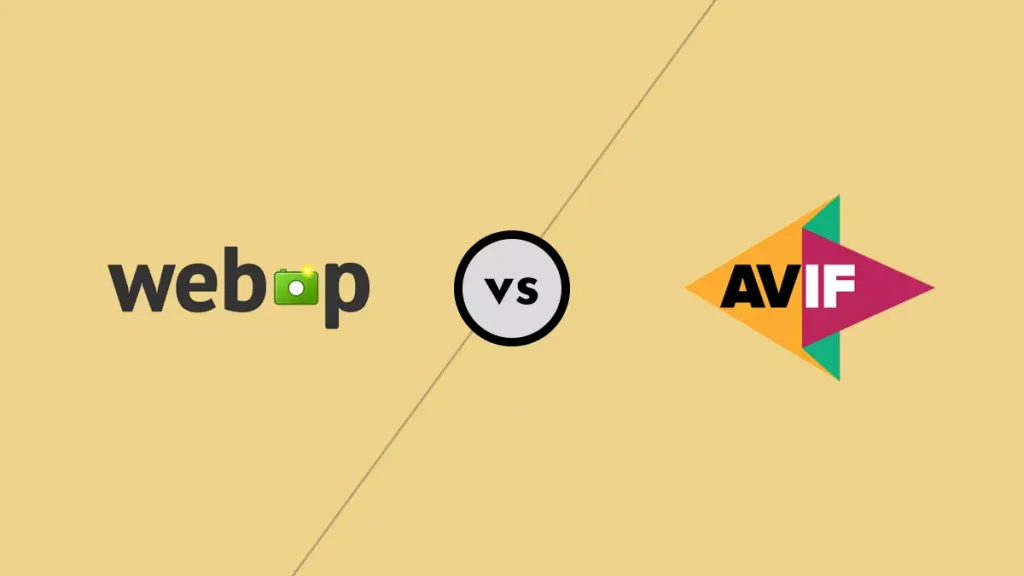Core Elements of Page Load Foundations
A website’s load speed serves as the digital heartbeat of user engagement. This is especially critical on pages rich with media assets, dynamic components, or third-party integrations. These resource intensive pages can frustrate visitors if not managed properly. Core web vitals like Largest Contentful Paint and First Input Delay become essential benchmarks in ensuring performance does not degrade under complexity.
To combat this, modern site architecture must separate critical from non-critical resources. This prioritization ensures what the user first sees loads before background elements. Lazy loading, deferment of scripts, and intelligent asset compression are all part of this strategic approach. These techniques balance frontend performance with aesthetic and functional demands of robust web environments.
WebDev200 emphasizes the importance of structuring resource delivery pipelines to align with user expectations. Minimizing initial load blocks and maximizing perceived speed leads to better retention and SEO metrics. When foundations are smartly constructed, heavy content no longer hinders performance but enhances the overall experience.
Strategic Segmentation of Visual and Structural Assets

Resource heavy pages often feature interactive media, embedded videos, complex image carousels, and custom animations. Without segmentation, these features overwhelm bandwidth and cause latency. A high-performance site begins with classification of these assets by their user relevance and load sequence.
Images must be served in next-gen formats like WebP or AVIF to drastically reduce size without compromising quality. Components above the fold should load first while others are queued through smart preloading strategies. This approach prioritizes visual clarity without waiting for entire assets to render.
Additionally, stylesheets and scripts should be modularized. Instead of bloated files that load universally, pages must use context-aware bundles. This tactic prevents unnecessary code from blocking key render paths. Strategic segmentation allows a layered experience to unfold with graceful degradation in cases of poor network conditions.
By leveraging adaptive delivery models, WebDev200 ensures that even high-design, feature-heavy platforms can feel nimble. Prioritizing what matters most at every scroll depth creates a visually fluid experience without jeopardizing core metrics.
Server Dynamics and Network Layer Enhancements

The performance bottleneck for many resource intensive pages lies beyond frontend layers. Server-side responsiveness and content delivery networks shape the baseline for total load time. With poor backend orchestration, even optimized assets encounter delays in transit.
Edge server distribution is one of the most critical investments. Content delivery networks shorten the physical path between server and user. The closer the cache, the faster the rendering. Dynamic content should be intelligently cached when possible to reduce repetitive processing.
Database query optimization also influences load speed in real-time data environments. Complex dashboard interfaces or product configurators need efficient querying structures and clean API responses. When asynchronous behavior is introduced, fallback logic and graceful loading states are necessary.
WebDev200 reinforces the importance of managing these backend complexities while keeping response payloads lean. Trimmed-down JSON responses, proper GZIP compression, and HTTP/3 adoption contribute to better handshake efficiency. When network infrastructure is streamlined, frontend speed naturally follows.
Browser Rendering Priorities in Heavy UI Scenarios

Modern browsers parse and render code with prioritization cues built into markup. Resource intensive pages need to respect this behavior to avoid blocking rendering threads. Key to this is understanding how different HTML, CSS, and JS assets are weighted during parsing.
Placing key CSS early in the head while deferring JS gives styling priority. Fonts should be preloaded with fallback families to prevent layout shifts. Animation libraries and UI frameworks should be loaded conditionally to avoid universal delays. All these techniques work in synergy to optimize the critical rendering path.
Interactive behavior like modals or form validation should load only after primary content. Browsers can be guided using attributes like async and defer for scripts, and preconnect or dns-prefetch for third-party resources. The goal is to reduce time to first render while background logic continues to load in parallel.
WebDev200 builds UIs with these browser dynamics at the forefront of the process. By aligning code structure with rendering behavior, even the heaviest interfaces remain smooth and intuitive. Users notice when performance is prioritized, and so do search engines.
Testing Feedback Loops for Load Speed Refinement
Performance gains must be validated continuously through measurement tools. This is especially important for resource heavy pages, where small regressions can compound into major slowdowns. Testing environments must simulate real devices, networks, and geolocations for accurate insight.
Tools like Lighthouse, WebPageTest, and GTmetrix provide visual clarity into load bottlenecks. Metrics like Time to Interactive and Cumulative Layout Shift highlight areas for improvement. Waterfall charts and heatmaps offer deeper understanding of load sequences and user impact.
However, load speed optimization is not a one-time task. It requires an ongoing feedback loop, where real user monitoring informs future decisions. Synthetic tests should be complemented with field data to capture variations across devices and browsers. A/B testing of changes can determine the balance between speed and design impact.
WebDev200 uses performance dashboards to track these indicators over time. Alerts can be configured when load times exceed thresholds, ensuring immediate response. With structured feedback and testing routines, resource heavy pages remain fast no matter how they evolve.
Load Speed as a Competitive Differentiator

In highly competitive digital markets, page speed becomes a revenue factor. From ecommerce product pages to SaaS dashboards, even milliseconds of delay affect bounce rates and conversion paths. For businesses operating in media-rich or feature-driven niches, fast performance is not optional.
Resource heavy websites often fall into the trap of overdesigning at the cost of usability. But through smart optimization frameworks, teams can retain all visual richness while improving responsiveness. The fastest experience wins trust and builds repeat engagement.
Load speed also has a direct influence on search engine rankings. Core Web Vitals are now SEO signals, and sites failing to meet thresholds risk visibility losses. A fast page also reduces infrastructure costs by minimizing unnecessary bandwidth consumption and server load.
WebDev200 encourages clients to view performance as brand equity. A fast site communicates precision, attention to detail, and customer respect. These qualities reflect positively across every marketing and operational touchpoint.
Final Note
Resource intensive pages no longer have to be slow. With the right approach to frontend architecture, asset segmentation, backend enhancements, and rendering strategies, speed can become your website’s superpower. WebDev200 stands ready to help teams turn performance into a lasting competitive edge.

